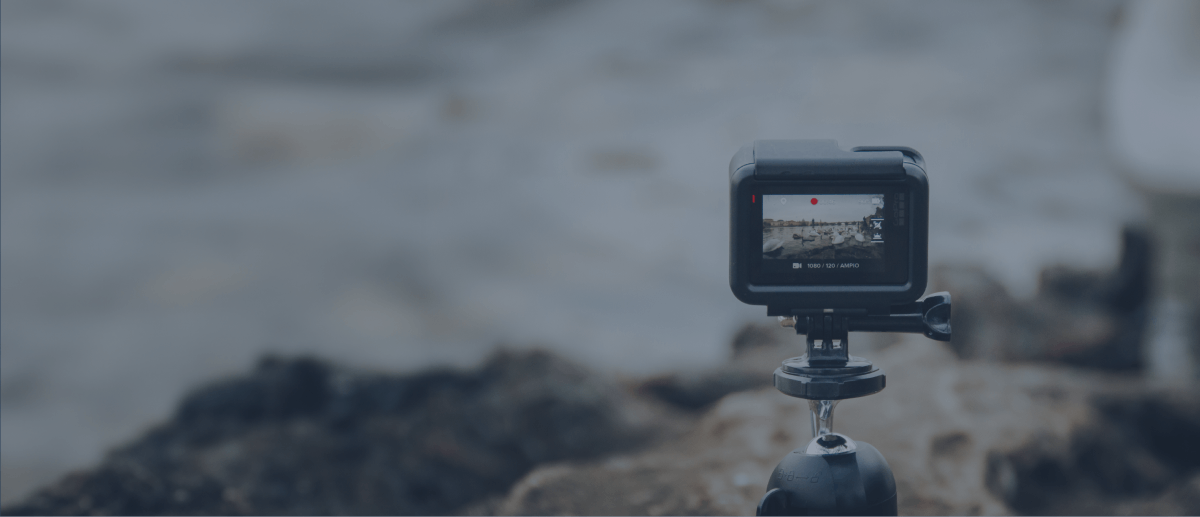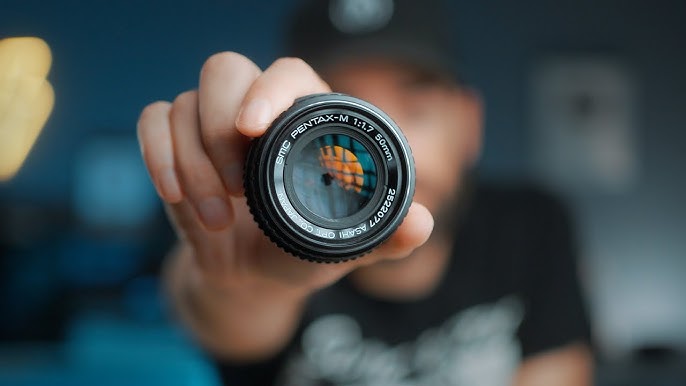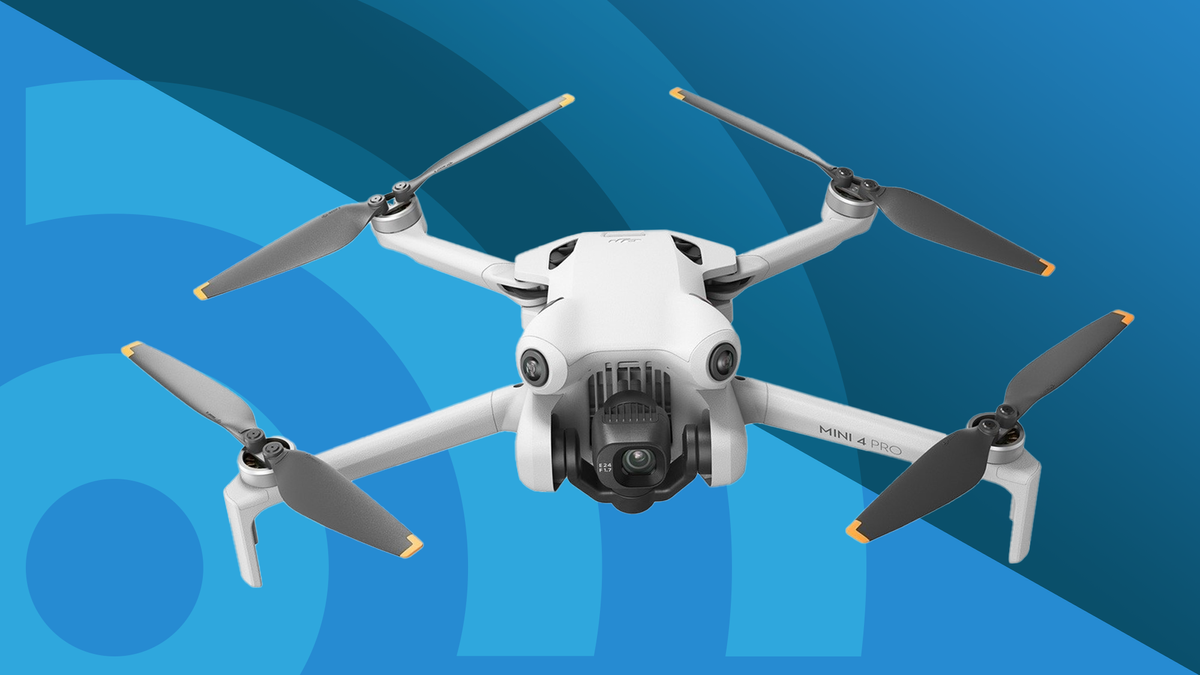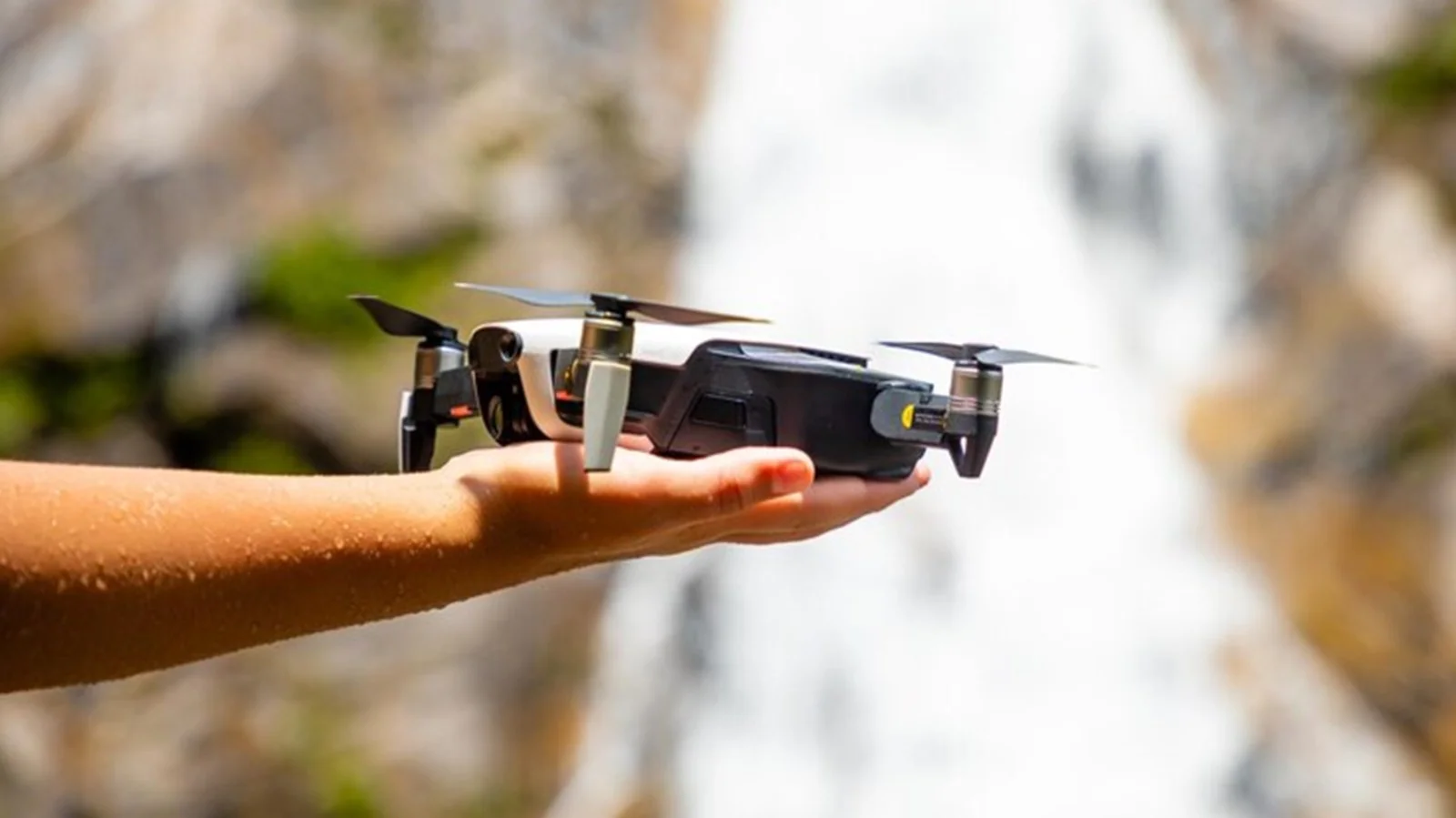In the ever-evolving world of drone photography, the choice of camera lens can dramatically affect the quality and versatility of your aerial shots.
Different types of drone camera lenses are designed to cater to various photographic needs, from capturing wide landscapes to zooming in on distant subjects.
Understanding the different lens types available will help you select the best one for your specific shooting requirements.
This guide will delve into the various drone camera lens types, their features, and their ideal applications.
1. Wide-Angle Lenses
Overview: Wide-angle lenses have short focal lengths, typically ranging from 14mm to 24mm, and provide a broad field of view. They are designed to capture more of the scene in a single shot, making them ideal for expansive landscapes and large architectural structures.
Key Features:
- Field of View: Wide-angle lenses offer a larger field of view, allowing you to include more elements in your composition.
- Distortion: They can exhibit barrel distortion, where straight lines appear curved, but high-quality lenses minimize this effect.
- Depth of Field: Wide-angle lenses often have a deep depth of field, keeping both foreground and background elements in focus.
Ideal Applications:
- Landscapes: Perfect for capturing sweeping vistas and natural landscapes.
- Architecture: Great for photographing large buildings and structures from above.
- Real Estate: Useful for showcasing entire properties and their surroundings.
2. Standard Lenses
Overview: Standard lenses, with focal lengths between 24mm and 50mm, offer a perspective that closely resembles what the human eye sees. They provide a natural and balanced view, making them versatile for a wide range of subjects.
Key Features:
- Field of View: Standard lenses provide a more natural field of view, avoiding the extreme distortion seen in wide-angle lenses.
- Image Quality: They typically deliver sharp images with minimal distortion and are well-suited for detailed and balanced compositions.
- Aperture: Often have a moderately large aperture, allowing for good low-light performance and depth of field control.
Ideal Applications:
- General Photography: Suitable for various subjects including landscapes, cityscapes, and general aerial shots.
- Portraits: Can be used for capturing detailed shots of specific subjects from a moderate distance.
- Versatile Shooting: Ideal for drone pilots who require a balanced lens for multiple types of aerial photography.
3. Telephoto Lenses
Overview: Telephoto lenses have longer focal lengths, typically starting from 70mm and extending to several hundred millimeters. They are designed to capture distant subjects with high detail and bring them closer in the frame.
Key Features:
- Zoom Capability: Allows for significant magnification of distant subjects, providing greater detail and focus.
- Depth of Field: Provides a shallow depth of field, which helps in isolating subjects from the background and creating a more dramatic effect.
- Stability: Telephoto lenses can be sensitive to camera shake, so stable drone flight is crucial for achieving sharp images.
Ideal Applications:
- Wildlife Photography: Useful for capturing images of animals or other subjects from a distance without disturbing them.
- Sports and Action Shots: Ideal for photographing dynamic subjects in motion from afar.
- Detailed Shots: Perfect for zooming in on specific elements of a scene, such as architectural details or distant landmarks.
4. Zoom Lenses
Overview: Zoom lenses offer variable focal lengths, allowing you to adjust the zoom level without changing lenses. They provide flexibility in framing shots and are useful for dynamic shooting scenarios where you need to quickly change perspectives.
Key Features:
- Variable Focal Length: Offers the ability to zoom in and out, providing versatility in capturing various types of shots.
- Convenience: Reduces the need to switch lenses mid-flight, which is especially useful in fast-paced shooting situations.
- Optical Quality: High-quality zoom lenses maintain sharpness and clarity across their zoom range, though they may exhibit some distortion at extreme zoom levels.
Ideal Applications:
- Event Photography: Ideal for capturing events where subjects move unpredictably, allowing for quick adjustments in framing.
- Travel and Exploration: Useful for versatile shooting scenarios, such as capturing different aspects of a location without changing lenses.
- Dynamic Scenes: Perfect for situations where you need to capture a range of perspectives and focal lengths quickly.
5. Macro Lenses
Overview: Macro lenses are designed for close-up photography, allowing you to capture detailed shots of small objects or intricate textures. They have a short focal length and a high level of magnification.
Key Features:
- Close Focusing Distance: Allows for detailed close-up shots, revealing textures and fine details that are not visible with standard lenses.
- Sharpness: Typically provide exceptional sharpness and detail, ideal for capturing intricate patterns and small subjects.
- Depth of Field: Macro lenses often have a very shallow depth of field, which can create a dramatic effect by isolating the subject from the background.
Ideal Applications:
- Detail Shots: Perfect for capturing fine details of objects, textures, or small subjects from the air.
- Artistic Photography: Useful for creating artistic images with a high level of detail and focus.
- Product Photography: Ideal for showcasing detailed features of products from a unique aerial perspective.
Conclusion
Choosing the right drone camera lens depends on your specific photographic needs and the type of shots you aim to capture.
From wide-angle lenses that provide expansive views to telephoto lenses that zoom in on distant subjects, each lens type offers unique advantages for aerial photography.
By understanding the features and applications of different lens types, you can make an informed decision and elevate your drone photography to new heights.
Equip your drone with the appropriate lens and capture breathtaking aerial images with clarity and precision. Happy shooting!








Leave a Reply